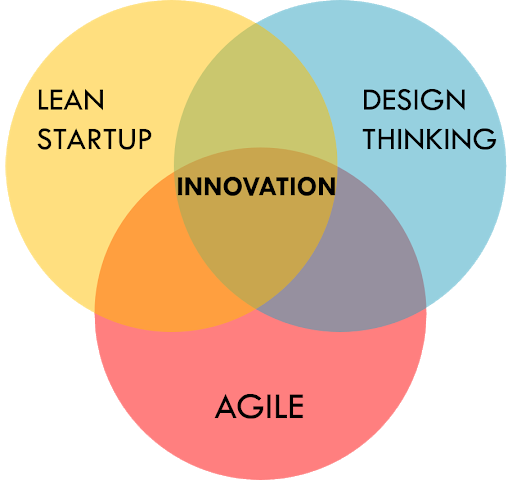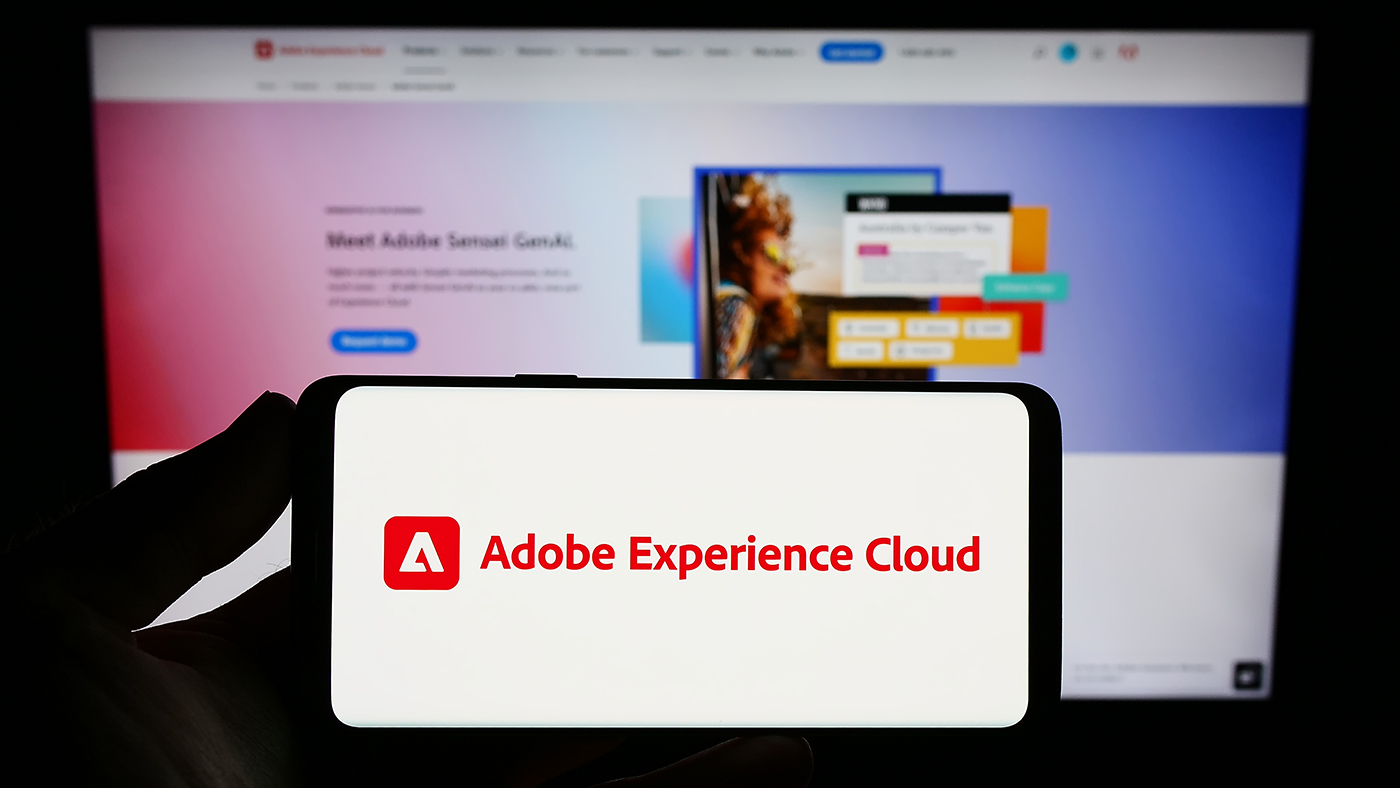
Understanding User Experience (UX) and Its Importance

If you’re not thinking about your customer’s user experience, you should be. Understanding users and their needs and preferences is crucial to obtaining new customers and retaining old ones.
Don Norman, the cognitive scientist who invented the concept of a holistic “user experience” back in the early 1990’s defines it as follows:
“User experience’ encompasses all aspects of the end-user’s interaction with the company, its services, and its products.”
A relatively new field, the first “User Experience Architect” didn’t exist until 1995. Growing hand in hand with the dot-com boom, user experience is now a critical facet of virtually every company. If users are not having a good experience they will move on to the competition.
There are various approaches to creating a holistic user experience process. The most popular practices today include: Design Thinking, Lean UX, and Agile
Design Thinking is simply a practice of gaining an understanding of customers, the challenges they face, and the goals they are trying to achieve in a series of collaborative cross-functional team exercises. The aim is to provide solutions that better meet customer’s needs, thereby creating users who are passionate about the products and services offered.
Lean UX is a business mindset, in which a collaborative effort across multiple teams and areas of expertise work together toward a common goal of building the best customer experience. It involves learning loops (build-measure-learn) as a means to measuring progress. In addition, Lean UX allows us to obtain feedback as efficiently and as early as possible, minimize traditional deliverables, and maximize team collaboration.
Agile is a process in digital product development in which incremental releases allow companies to be responsive to changes in consumer behavior and reactive when a solution is not having the intended results. It allows companies to become more reactive to customer wants and pursue more progressive delivery methods.
In addition, one must consider the two encompassing facets that advance user experience: user research and visual design.

User Research helps to recognize customer needs, goals and mental models; prove or disprove assumptions; and find commonalities across the target audience. It does so through UX research methods such as interviews, facilitating workshops, usability testing and concept testing, surveys, card sorting and analytics. As a result of these research activities, artifacts, such as personas, journey maps, findings reports, and empathy maps can be generated. It is the heart of user experience; a good user experience cannot be achieved without including the users in the process.
Visual Design is more than merely making things look pretty. It is the use of imagery, color, shapes, typography, and form to enhance usability and improve the user experience. Visual design helps to communicate messages, illuminate actions and organize information. Visual design engages users by drawing the eye to the correct functionality, prioritizing tasks on a page and even increasing brand trust through the use of visual cues.
One of the biggest barriers to enabling a great user experience is the lack of awareness and understanding of what UX is and the impact of what UX designers are capable of delivering. A recommended first step to realizing the benefits is to increase business knowledge by bringing in UX experts to lead a company workshop. At this time, UX experts will introduce processes and methods that engage teams to empathize with users, begin thinking about their user’s experience differently, and placing the customer at the center of everything.
Look out for our next UX blog that will take an in depth look at these workshops.
Want to learn more about Apexon? Consult with an expert here.




